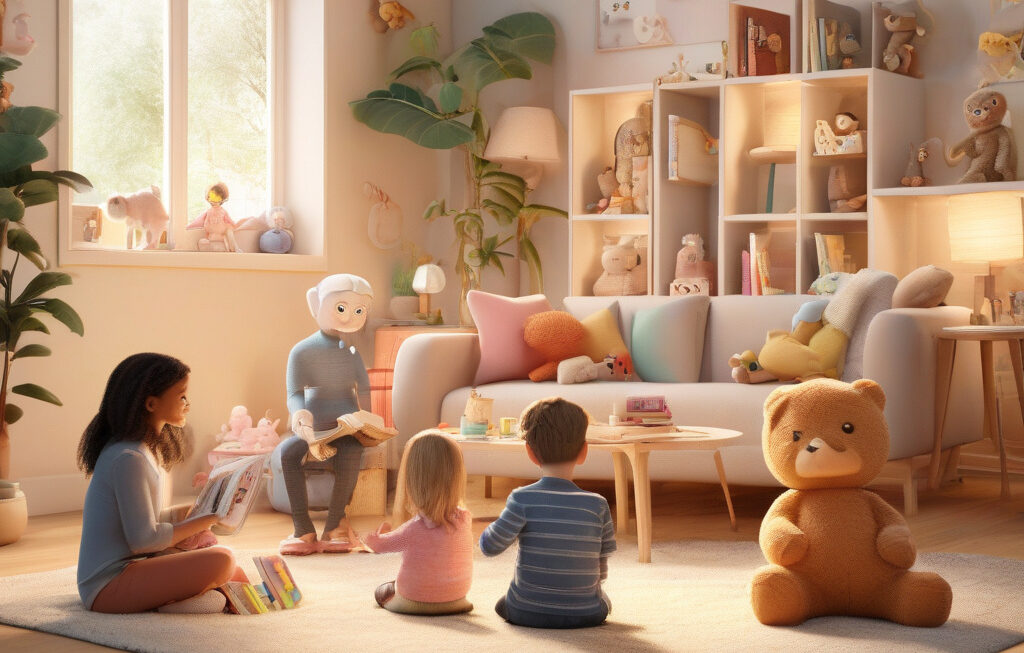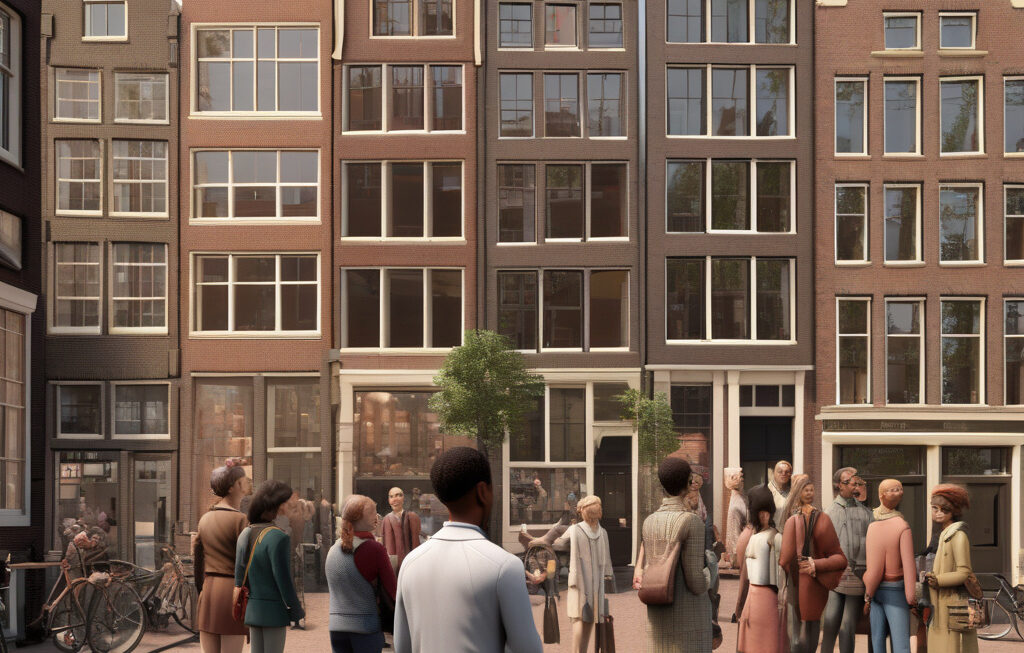The Future of Destination Shopping in Luxury Retail
Luxury retail has always been synonymous with opulence, exclusivity, and a unique shopping experience. However, the landscape of luxury destination shopping is rapidly evolving, driven by changing consumer behaviors, technological advancements, and shifting market dynamics. The recent transformation of London’s iconic luxury destination, Sloane Street, stands as a testament to the industry’s response to these changes.
Following a comprehensive two-year renovation project, BoF and Cadogan, the property developer responsible for the £46 million investment in Sloane Street, came together to host a panel discussion. The aim was to delve into the economic and cultural influences shaping the luxury sector today, with a specific focus on the future of luxury destination shopping.
One key insight that emerged from the panel was the growing importance of creating immersive and experiential retail environments. In an age where online shopping offers convenience and accessibility, physical stores must offer something unique to draw customers in. Luxury brands are increasingly investing in flagship stores that go beyond mere transaction points, instead aiming to create spaces that tell a story, evoke emotions, and offer personalized experiences.
For example, brands like Gucci and Louis Vuitton have embraced the concept of experiential retail by incorporating elements such as art installations, interactive displays, and exclusive events into their store environments. These initiatives not only drive foot traffic but also foster a sense of community and brand loyalty among consumers.
Moreover, technology is playing an increasingly vital role in the future of luxury destination shopping. From virtual fitting rooms and augmented reality experiences to seamless omnichannel integration, brands are leveraging technology to enhance the shopping journey and provide a more personalized service. By combining the convenience of online shopping with the sensory experience of brick-and-mortar stores, luxury retailers can create a truly immersive and seamless shopping experience for their customers.
Another significant trend shaping the future of luxury retail destinations is the blurring of boundaries between retail, hospitality, and entertainment. Today’s luxury consumers seek more than just products; they crave experiences that cater to their lifestyle and values. As a result, luxury brands are expanding their offerings to include not just goods but also services, dining options, and entertainment choices within their store environments.
For instance, high-end department stores like Harrods and Selfridges have transformed into lifestyle destinations, featuring not only a curated selection of luxury products but also restaurants, spas, art galleries, and even event spaces. By offering a holistic shopping and entertainment experience, these retailers are able to cater to the diverse needs and preferences of today’s luxury consumers.
In conclusion, the future of destination shopping in luxury retail is poised to be dynamic, innovative, and customer-centric. By embracing experiential retail, leveraging technology, and blurring the lines between retail, hospitality, and entertainment, luxury brands can create compelling and immersive shopping environments that resonate with modern consumers. As Sloane Street’s transformation demonstrates, the evolution of luxury destination shopping is not just about selling products; it’s about creating memorable experiences that leave a lasting impression on shoppers.
#luxuryretail, #destinationshopping, #experientialretail, #technologyinretail, #futureofluxury











